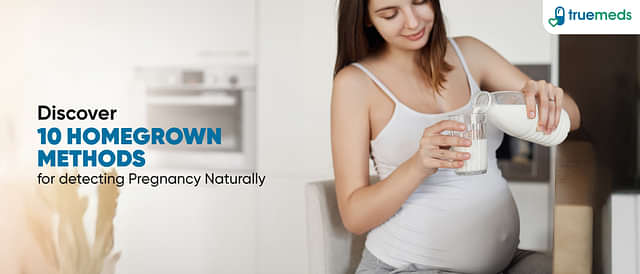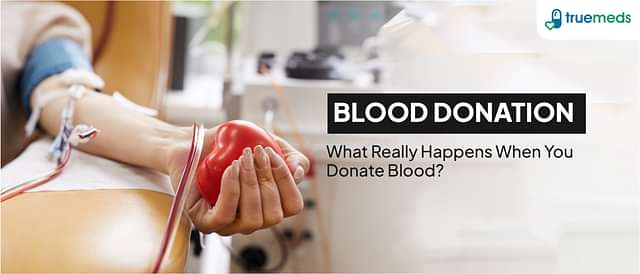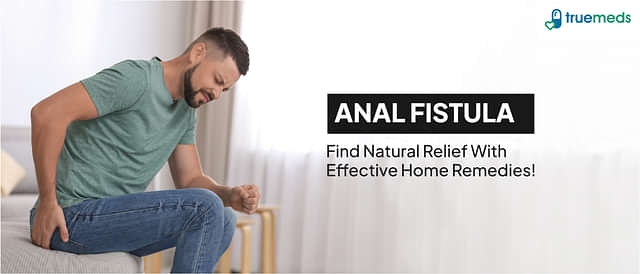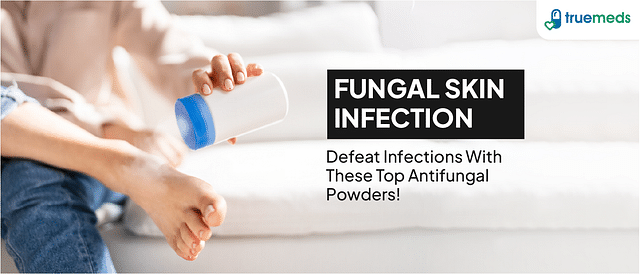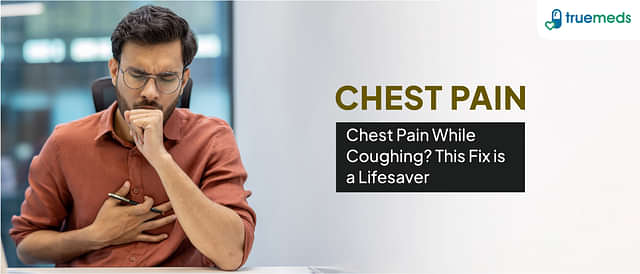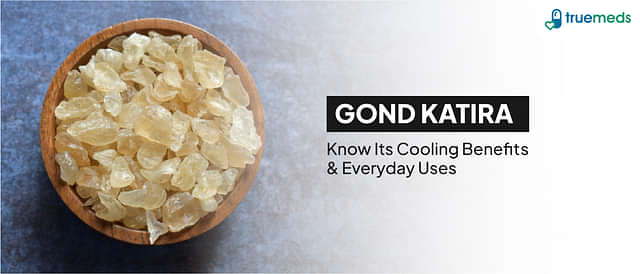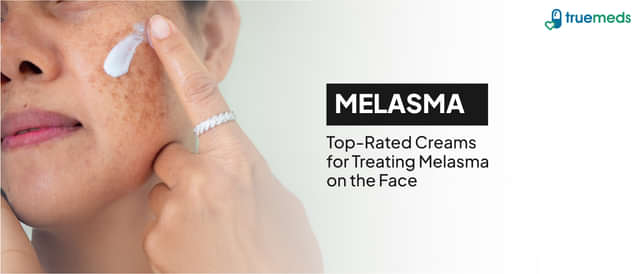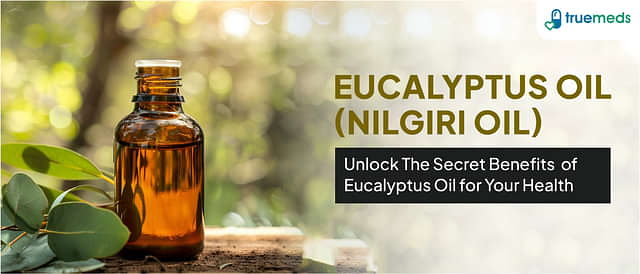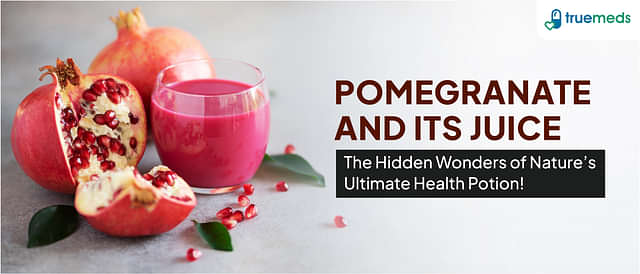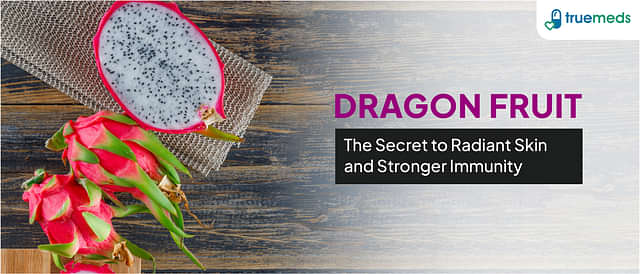Essential First Aid Steps for Treating Heatstroke
Last updated on : 18 Mar, 2025
Read time : 8 min
Introduction
The hot Indian summer often causes health problems, with heatstroke being one of the most serious. This is a potentially fatal condition where the body’s temperature spirals out of control, often reaching 40°C or higher. The effects of this overheating can be catastrophic, causing damage to vital organs like the brain, heart, kidneys, and muscles.
Recognising heatstroke warning signs is crucial, as is knowing how to respond appropriately. This article guides you through the essential first-aid steps for treating heatstroke. It also provides potentially lifesaving information about sunstroke symptoms and heat stroke treatment at home.
What is Heatstroke?
Heatstroke, also known as sunstroke, is a severe type of heat injury that necessitates immediate medical attention. This dangerous condition arises when the body’s temperature soars to alarming levels, typically 40°C or higher. Heatstroke can be caused by prolonged exposure to hot weather, intense physical activity, or being in an overheated indoor space.
The symptoms of heatstroke are distinct and alarming. These include high body temperature, confusion, seizures, and loss of consciousness. Delays in administering first aid for sunstroke can lead to devastating consequences. This includes permanent damage to major organs and at times death. The next section will outline critical first aid steps and natural treatments for heat stroke until professional medical help arrives.
Common Signs and Symptoms of Heatstroke
Recognising the signs and symptoms early is vital for quick intervention and treatment. Here are the common symptoms of heatstroke:
- High body temperature: A key sign of heatstroke is a high body temperature. The individual’s core body temperature may rise to 40°C or higher.
- Rapid pulse: You may notice an elevated heart rate or rapid pulse. The body attempts to compensate for the increased body temperature.
- Flushed skin: The individual’s skin may appear red and hot to the touch, indicating their body is struggling with the heat.
- Headache: A severe and persistent headache is another common symptom of heatstroke.
- Nausea and vomiting: In some cases, individuals may experience gastrointestinal symptoms like nausea and vomiting.
First Aid Actions for Heatstroke
If you suspect someone is suffering from heatstroke, it is crucial to act quickly and provide first aid. Here are some steps you can take while waiting for medical assistance:
- Assess the situation: Check if the person shows signs of confusion or loss of consciousness. This could signal severe heatstroke.
- Move to a cooler place: Move the person to a shady spot or an air-conditioned area to reduce their exposure to heat.
- Remove excess clothing: Loosen any tight clothing or remove unnecessary layers to help lower their body temperature.
- Cooling measures: Follow the FASA protocol:
- F – Fan the individual gently but quickly to increase air circulation around them.
- A – Apply cool, not ice-cold, water to their skin. This can include sponge baths, wet towels or a cool shower.
- S – If the person is conscious and able to swallow, let them sip water slowly. This can help hydrate them and cool down their body.
- A – Assist in monitoring their condition until help arrives. Observe for changes in consciousness or other serious symptoms.
Remember, heatstroke is a medical emergency. Call emergency services immediately and continue cooling measures until help arrives. These actions serve as ways to treat heatstroke organically while waiting for medical help.
Heat Stroke Treatment at Home
During the hot summer months in India, sunstroke symptoms may appear quite commonly. It’s important to know how to provide heat stroke treatment at home, in case of an emergency. If you suspect someone is experiencing heat stroke, immediately call your local emergency number.
While you are waiting for help, start taking these measures:
- First, move the person to a cooler place, either under a shade or an air-conditioned room. Remove any unnecessary clothing to alleviate the heat.
- Wet their skin with cool water and fan them to increase evaporation. Avoid using ice baths or very cold water, as rapid cooling can be dangerous.
- Apply ice packs or cool, wet cloths to the groin, armpits, neck, and back, where blood vessels are close to the skin. This helps cool the blood.
- Have them drink cool water if they are alert and able to swallow. Avoid alcohol and caffeinated beverages.
- Monitor their body temperature and continue your attempts at cooling until the temperature falls between 38.3-38.9°C.
Please avoid giving fever-reducing medicines as they might hide the real severity of the heat stroke. Aspirin or acetaminophen should also be avoided as they can damage the liver under these circumstances.
When to Seek Medical Help?
Knowing when to seek professional aid is equally important as knowing how to treat heat stroke organically at home. Heat stroke is a life-threatening condition that warrants immediate medical attention.
If any of the following signs show up, rush to your family doctor or nearest casualty immediately:
- Seizures
- Severe headache or confusion
- Persistent vomiting
- If the temperature does not decrease after 30 minutes of cooling efforts.
Even if the person seems to recover after initial cooling, they still require an urgent medical evaluation to prevent further complications. Hospitalisation is usually necessary to monitor for potential organ damage and provide intravenous fluids and medications as needed. Remember, sunstroke symptoms should never be taken lightly!
Heat Stroke Prevention Strategies
Let’s talk about some practical strategies to prevent heatstroke. Following these tips can help protect you and your loved ones from this dangerous condition:
- Stay Hydrated: Our body needs water to maintain its temperature. So, make sure you are drinking enough fluids, especially on sunny days. Don’t wait until you are thirsty; keep sipping water throughout the day. You may also want to include electrolyte-rich drinks which help replenish essential minerals lost through sweating.
- Avoid Prolonged Exposure to High Temperatures: Try to avoid outdoor activities between 10 a.m. and 4 p.m., when the sun is at its peak. If possible, plan your activities for the early morning or late evening.
- Wear Lightweight, Loose-Fitting Clothing: Prefer light-coloured clothing made from breathable fabrics such as cotton or linen. These help regulate body temperature and can prevent heat-related illnesses.
- Take Breaks in Shaded or Cool Areas During Hot Weather: If you are outdoors during a hot day, make sure to take regular breaks in shaded or air-conditioned areas. This will give your body a chance to cool down.
Additional Tips to Prevent Heatstroke:
- Monitor Your Body: Keep an eye on the colour of your urine. Darker urine can be a sign of dehydration. Try to drink enough fluids so that your urine stays light yellow.
- Gradual Acclimation: Don’t jump into intense physical activity on a hot day. Start with less strenuous exercises and slowly increase intensity to let your body adjust to the heat.
- Use Cooling Strategies: Use fans, and apply cold compresses or ice packs on pulse points such as wrists and neck. It helps to cool down your body.
Remember, heat stroke is a serious condition that requires immediate medical attention. If you or someone around you exhibits symptoms such as high body temperature, hot and dry skin, rapid heartbeat, headache, dizziness, nausea, confusion, or loss of consciousness, seek medical help immediately
Conclusion
Heatstroke is a life-threatening emergency that requires immediate medical attention. It is important to recognise the signs, follow the FASA protocol, and seek medical help immediately. If you see someone exhibiting signs of heatstroke, call for medical help and start cooling measures while waiting for assistance. Prevention is key, so stay hydrated, avoid heat exposure, wear light clothing, and take breaks in cool areas. Your quick action can save lives and make a significant difference in the outcome. Stay safe in this summer heat!
FAQs
Heat stroke primarily arises due to prolonged exposure to high temperatures or physical exertion under the sun. This leads to a rapid rise in body temperature.
Heatstroke symptoms may cause discomfort and distress, such as headache, dizziness, and nausea. However, they are not typically categorised as ‘painful’.
Yes, heat stroke treatment at home involves hydrating the body, taking cool showers, and resting in a cool place. However, severe cases require immediate medical attention.
Quick recovery from heat stroke involves staying hydrated, resting in cool environments, and avoiding sun exposure. In case of severe heatstroke, you should seek medical assistance.
Immediate first aid for sunstroke includes moving to a shady or cool area and drinking fluids. If symptoms persist or worsen, seek immediate medical help.
Paracetamol may ease sunstroke symptoms like headache but it’s not a cure. It’s crucial to keep the person cool and well-hydrated and seek medical advice if symptoms persist.
Disclaimer
Our healthcare experts have carefully reviewed and compiled the information presented here to ensure accuracy and trustworthiness. It is important to note that this information serves as a general overview of the topic and is for informational purposes only. It is not intended to diagnose, prevent, or cure any health problem. This page does not establish a doctor-patient relationship, nor does it replace the advice or consultation of a registered medical practitioner. We recommend seeking guidance from your registered medical practitioner for any questions or concerns regarding your medical condition.
Popular Articles
Recommended Articles
Recent Articles
Top-Selling Medicines:
...View more
Top-Selling OTC:
...View more
Company
About UsHealth ArticleHealth StoriesDiseases & Health ConditionsAll MedicinesAll BrandsNeed HelpFAQSubscribe
Registered Office Address
Grievance Officer
Download Truemeds

Contact Us
Our customer representative team is available 7 days a week from 9 am - 9 pm.
v3.7.10
Our Payment Partners





























